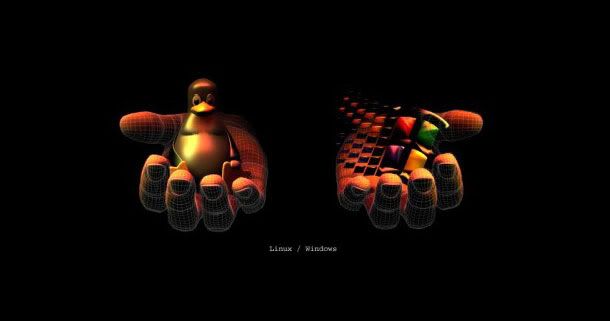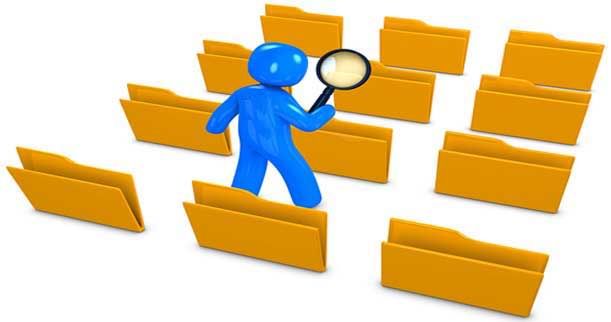Combinational Circuits
Definition: In simple terms a circuit in which output depends only on the inputs but not on the state of that circuit is known as combinational circuits.
We have different types of combinational circuits like Adder, Subtractor, Encoders, Decoders, Multiplexers and De-Multiplexers.There are lots of books you can follow to study these circuits, so there is no need of going in-depth study of these circuits here, at this post I will give you some tricks or ideas how to use knowledge of these circuit in solving GATE problems, and how to create a circuit for a given function for these Adder, Subtractor, Encoders, Decoders, Multiplexers.Here is an applet which I have used in my Digital Logic post and again here I am presenting this applet again for all of you. Just use radio buttons which is here as "Gates1, Gates2, Full Adder ..." and get more practical experience about these circuits
NOTE-1: Any n-variable can be realized or implemented using 2^(n-1)*1 MUX(multiplexer).
NOTE-2: Number of m*1 multiplexer required to form n*1 multiplexer is
here for fractional value of this log term we have to use the ceiling value of that fraction.
this formula is very helpful in solving such questions where you encounter such a question where you have to find number of small multiplexers need to create a larger multiplexers.
here it is a java applet for half adder if this is not being displayed in your browser install java in your browser.
for more digital circuit view this applets page for digital circuits
for more digital circuit view this applets page for digital circuits








 1:37 am
1:37 am
 vasu naman
vasu naman

